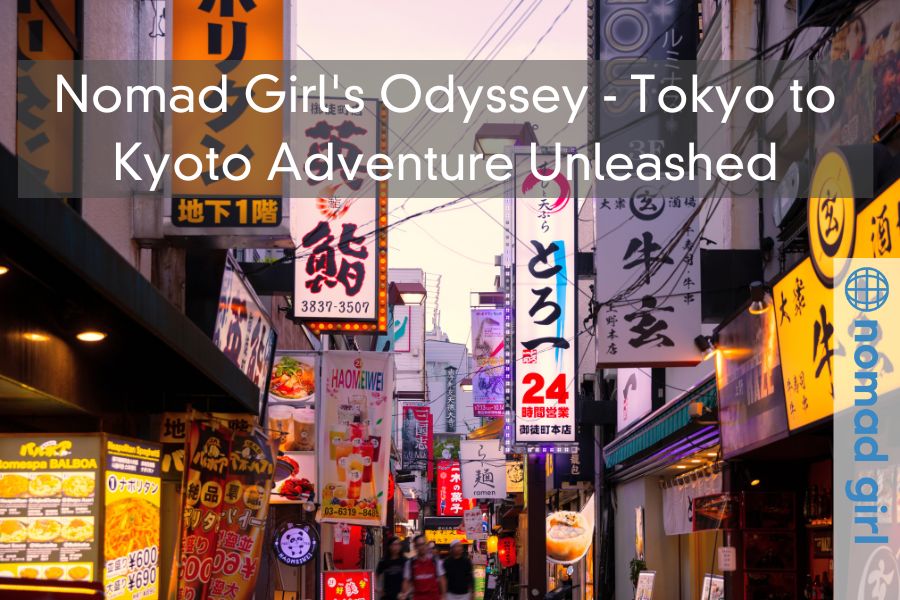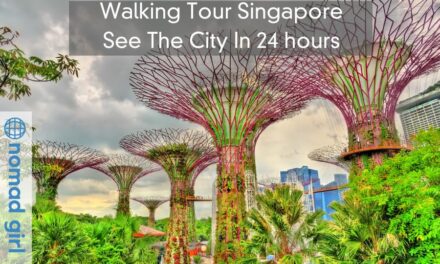From Tokyo‘s contemporary neon districts of Shinjuku and Shibuya to traditional Kyoto‘s rural cobblestone passageways, Japan is a country filled with contrasts. If you’ve made the journey over to the famed land of the rising sun, it’s unlikely that you will want to stay put in just one region.
Planning a trip to Tokyo and Kyoto will set you up for a once-in-a-lifetime adventure to get the whole experience of what Japan offers avid travellers and digital nomads.
A little background on Tokyo and Kyoto
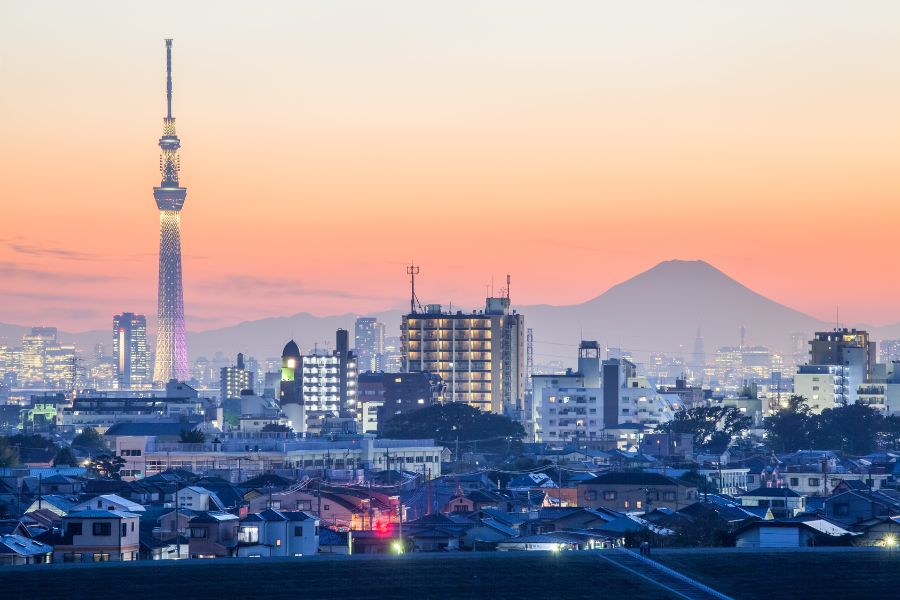
Kanto is Japan’s most populous prefecture. It’s unsurprising given that it includes Tokyo’s capital city, which has about 14 million people. Furthermore, it is the country’s political and economic hub in the eastern part of Japan’s main island.
Tokyo is the hotspot for city slickers and remote workers coming to Japan. You will thrive in Japan’s capital if you love the fast-paced city life. On the flip side, you cannot visit Japan without visiting the Kansai region.
The Kansai region, often known as “Kinki,” comprises seven prefectures and is home to major attractions, including Kyoto and Osaka. The region is located in the south-central part of Japan’s main island.
In Kyoto, there are several incredible temples and shrines to put at the top of your list. It is also a top spot for cherry blossom season in Japan, but even if you’re not in Japan for the beautiful sakura, Kyoto is also known for leaf watching in autumn.
How far is Kyoto from Tokyo?
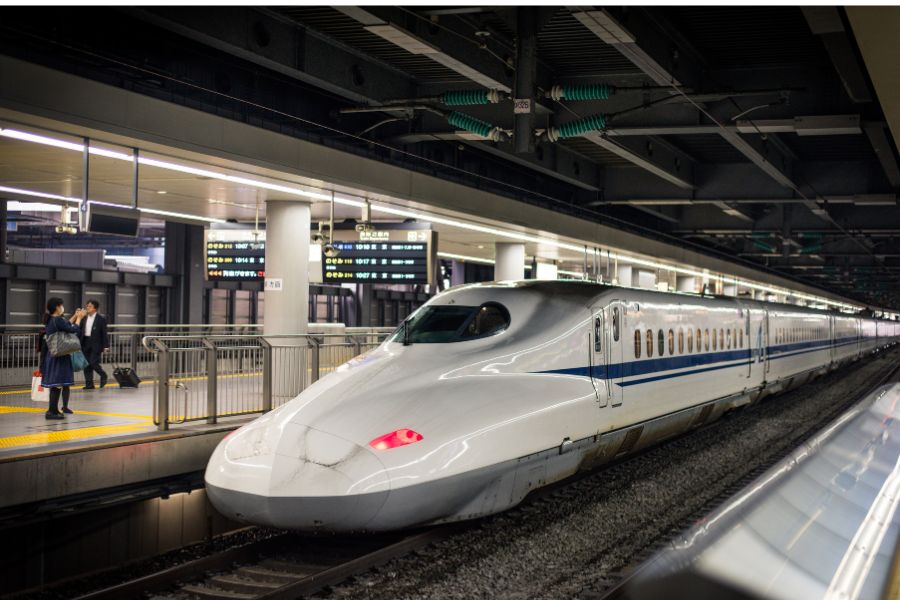
Even if you only have planned for a short time in Tokyo, it is possible to visit Kyoto from there. Kyoto is a little over 2 hours by Shinkansen (bullet train) from Tokyo; the exact time depends on which Shinkansen you ride.
Travelling by bus or car takes roughly 7 hours, and overnight buses are also available. If you want to travel cheaply, you can take the night bus and arrive in Kyoto early in the morning. You can find the best ways to get to Kyoto from Tokyo by checking the most up-to-date train and bus schedules.
The Shinkansen is the quickest way to get from Tokyo to Kyoto. The fastest Shinkansen takes approximately 2 hours and costs between $95 and $105 per person one way.
Taking the bus, particularly the nighttime bus, is the most cost-effective option. If you take a night bus from Tokyo, the departure time is approximately 10-11 pm, and the arrival time in Kyoto is around 6-7 am. The cost varies depending on the day, but it might be as little as $16. The price may be higher on weekends and during Japan’s holiday season.
Tokyo to Kyoto – A week of adventure
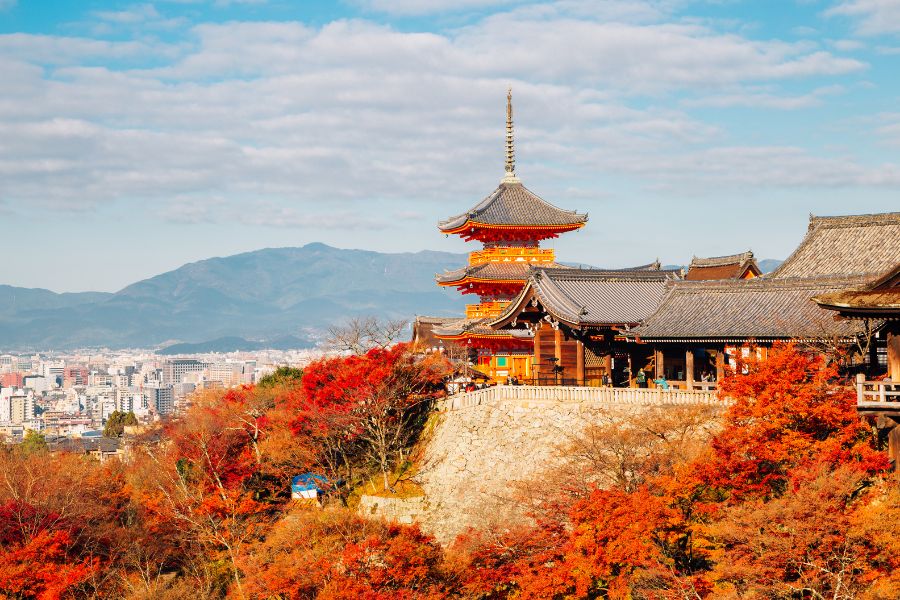
If you just have a week, this essential Japan itinerary is for you. Modern Japan awaits you in Tokyo, while traditional Japan awaits you in Kyoto.
A critical issue is how much time to devote to each place. Most people like to spend two full days in Tokyo and four full days in Kyoto, not including travel days. If you’re more interested in modern Japan, you could spend three days in Tokyo and three days in Kyoto. This depends on whether you are vacationing or will be working while you are there and how work/life balance works for you.
Day 1: Arrival in Japan
You’ll most likely arrive at Narita International Airport (NRT), but some flights land at Haneda International Airport (HND).
Tokyo, Day 2: Modern Tokyo
On your first full day in Tokyo, you’ll tour the city’s modern west side. This includes Harajuku for Meiji-Jingu Shrine and shopping, Shibuya for the famous Shibuya Crossing, and the Roppongi district for food and nightlife.
Tokyo, Day 3: Traditional Tokyo
On your second full day in Tokyo, you’ll tour the historic east side. Head up to Asakusa, the spiritual heart of Tokyo and an excellent place to start your day. Visit the Tokyo National Museum in Ueno and the Imperial Palace East Garden before ending your day in Ginza for food.
Day 4: Travel to Kyoto
Take the Shinkansen or night bus from Tokyo to Kyoto. Depending on your travel times, you might have time to check out downtown Kyoto, including the unmissable Nishiki Market.
Kyoto, Day 5: Southern Higashiyama
Your first full day in Kyoto will be spent exploring the temple-filled Southern Higashiyama district. This includes the Kiyomizu-dera Temple, Sannen-zaka Hill, Chion-in Temple, and, of course, the Fushimi-Inari-Taisha Shrine.
Kyoto, Day 6: Arashiyama
Travel west to the Arashiyama area, home to the famous Arashiyama Bamboo Grove, on your second full day in Kyoto.
Kyoto, Day 7: Kurama and Northern Higashiyama
Consider visiting Kurama and then exploring the gorgeous Northern Higashiyama district, where you can stroll down the historic Path of Philosophy towards the Nanzen-ji Temple on your final full day in Kyoto.
Day 8: Travel back to Tokyo from Kyoto
For the quickest trip back to Tokyo, take the Shinkansen. You’ll hopefully have some time in the afternoon before your flight home to do some last-minute shopping or sightseeing.
Remote Working in Tokyo and Kyoto
Tokyo has everything a digital nomad could want and more. As the capital, numerous significant and well-established corporations are based here, together with a dependable infrastructure to meet the needs of millions of people.
It is endlessly intriguing, and with an excellent public transportation system, you will have no trouble discovering its many facets in your spare time.
While Kyoto is a historical and cultural city, it is also highly modern. And if you’re a digital nomad in Kyoto, you’ll appreciate the availability of co-working spaces and other venues for remote work.
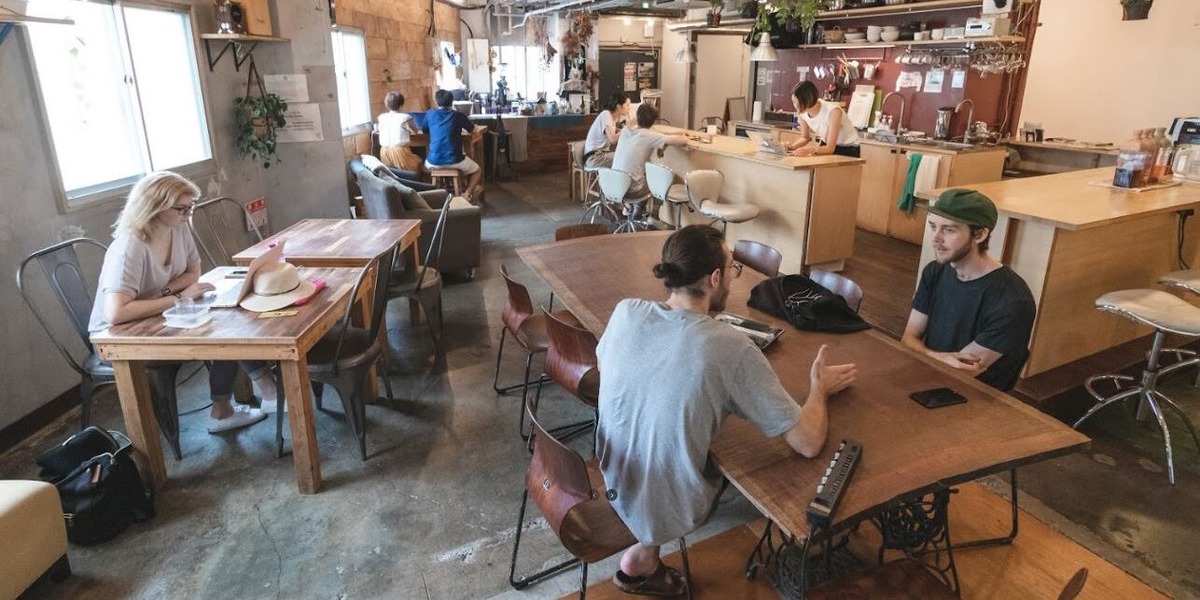
However, this is not Tokyo; compared to the bustling capital city, Kyoto needs more variety and choice in co-working places. However, remember that Tokyo is not Kyoto, and Kyoto has its own pool of wealth to offer visitors.
Even if the remote working alternatives aren’t unlimited, what’s available is readily available for people looking for employment in the city. While working holiday and tourist visas are viable options, the Japanese government is currently working on introducing a digital nomad visa shortly.
How safe is Japan for solo female travellers?
Japan is statistically a very safe country. Violent crime is relatively uncommon here; even minor offences like pickpocketing and theft are virtually unheard of.
Japan is so safe that it was named one of the top 10 safest countries in the world in the annual Global Peace Index 2023. Sure, there are precautions you should take when travelling alone in this country, just as anywhere else in the world.
However, Japan is not where you need to be concerned about your safety or constantly look over your shoulder. Part of this is due to local culture. While in a busy Starbucks in Tokyo, I left my bag and laptop on a table in the upstairs seating area and went downstairs to order a drink. I may have been worried that my belongings would be stolen in other countries, but everything was exactly how I left it when I returned to my seat. You will find that people in Japan don’t worry about leaving their belongings to save a table.
Another great thing to note is when taking the subway in Tokyo, you’ll be glad to hear that there are women-only cars. This is especially helpful during rush hour when you know you won’t be squeezed between many businessmen.
Ready for your Japan adventure?
Whether you only have one week or one month, make sure to make the trip to Kyoto from Tokyo during your stay in Japan. You can have a fantastic time in both cities while working remotely and enjoy life fully in Japan without worrying about safety.


